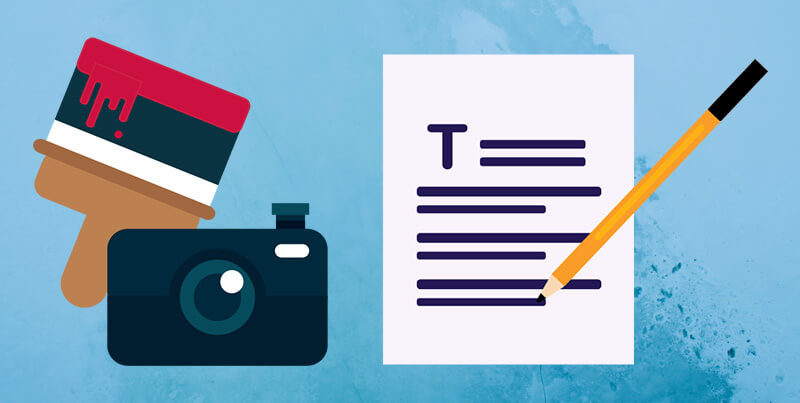The hidden cost of not having a brand style guide

Every time an employee, vendor, or agency needs to guess which color blue to use, which logo is the most up-to-date, or if your tone should be more casual or corporate, you are wasting resources. And that wasted time is costing you money (and trust).
A brand style guide (or brand book) isn’t a luxury for giant corporations. It’s the single most essential document for maintaining control over your brand identity. It gives clear rules for how you look and sound internally and to the rest of the world. This isn’t just about avoiding bad design, but about the very real ways brand confusion drains your budget and customer confidence.
What is a brand style guide?
- Logos and Logo Usage: Include your primary logo along with any alternative versions available (think square, vertical, color, black, white). Give examples of appropriate logo usage. Do you often see your logo stretched out or altered without approval? Include logo no-nos as well.
- Color Palette: Show primary and secondary colors with corresponding HEX, RGB, and CMYK values.
- Typography: Define your primary and secondary font families and how they are used in headings, paragraphs, quotes, etc.
- Voice and Tone: This should describe your brand personality. Yes, your brand has a personality! If you’re a lawyer, you probably want to sound knowledgeable and trustworthy. If you’re an outdoor clothing brand, you probably don’t want to sound as serious as a legal team – maybe your personality is more adventurous and activist minded. Describe your personality in a few words and give examples.
- Imagery and Graphics: Do you have a massive photo library, or do you use stock?Do you stick to natural lighting or use a moody filter? Outline guidelines for photography and any other imagery you use.
- Layout Styles and Templates: This can include anything from letterhead to blog posts.
- Mission Statement or Elevator Pitch: What is your “Why”?
- Typography: Define your primary and secondary font families and how they are used in headings, paragraphs, quotes, etc.
- Brand Application in Digital and Print: Show examples of your brand in use. What do your business cards, website, and brochures look like? How about your social media posts and icons? This visual proof brings all your brand rules to life.
Benefits of a brand style guide
Now that you have an idea of what to include in a brand book, let’s talk about the payoff. Here are the benefits you gain once your brand style guide is established.
A solid brand builds trust
When your website uses a serif font but calligraphy script on flyers, or your logo is sometimes blue or sometimes orange, your brand looks unreliable. And people will notice inconsistencies. Trust is important to consumers, with 88% saying trust is just as important as price and quality. Any erosion of visual (and verbal) integrity translates directly into an erosion of trust.
Cut the redo tax
How much time is your team spending on unnecessary revisions? Imagine your designer having to guess the right colors to use or your social media team wondering if they can use an emoji in a caption. These small friction points may seem inconsequential but can start to snowball into massive project delays.
Control your creative focus
Creating a brand style guide seems like it would stifle creativity. However, it has the opposite effect. Your guide doesn’t limit; it empowers by defining creative boundaries. Think of this like bowling with bumpers; without them, your ball often ends up in the gutter. With them, you’re guaranteed to stay in the game and make it to the end of the lane. Your brand style guide defines the creative bumpers, allowing your team to focus energy on striking the target.


